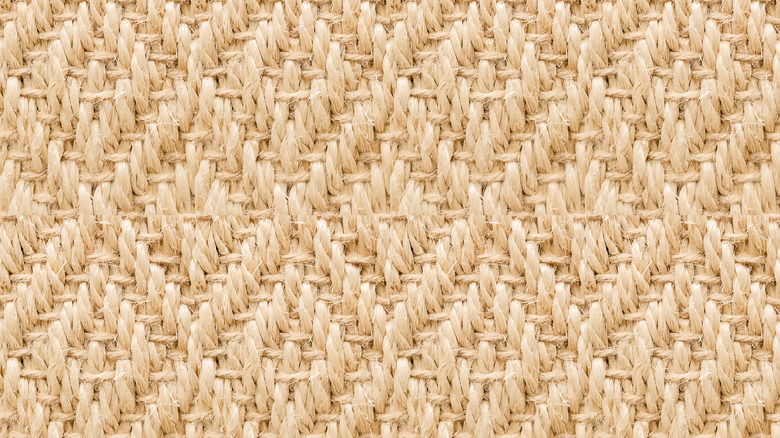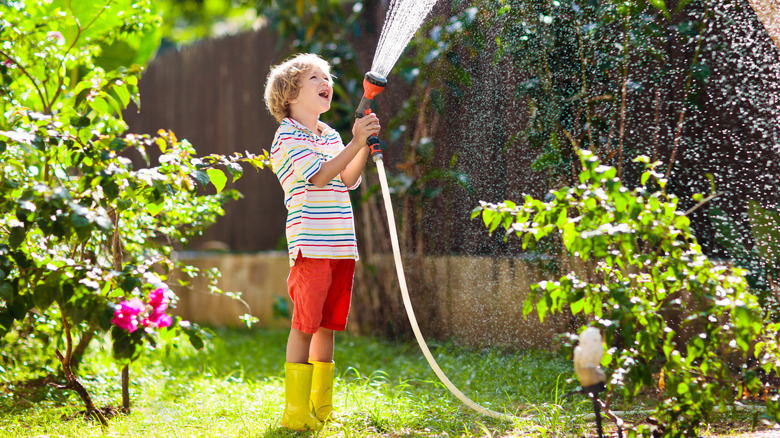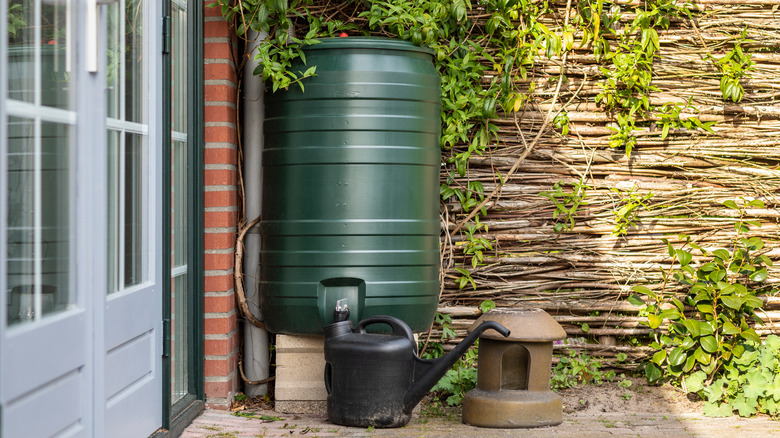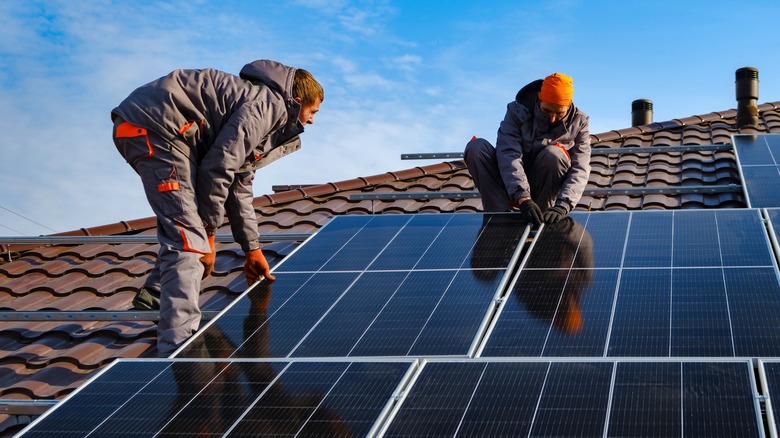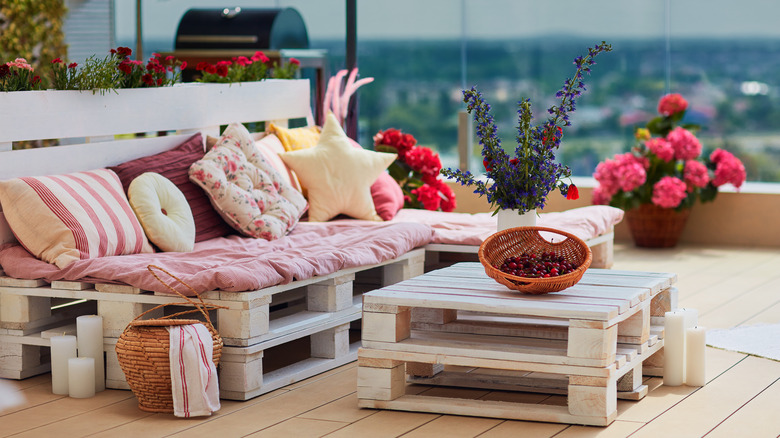Tips To Bring Eco-Conscious Design Into Your Home
Eco-consciousness is an important aspect of modern life. It has become ever clearer that humans impact the world that supports ongoing life and happiness in meaningful and direct ways. This means that the modern consumer can act as a drain on the environment or as an advocate, protecting the natural ecosystem and working to improve life in all its variety. This approach can be seen in the business world (via Iberdrola), and in the everyday style and routines of homeowners.
Bringing eco-conscious design into your home's space is a great way to promote both stylish living and a conservationist mentality. These types of design features don't have to be tacky or sparse; in fact, homeowners are using eco-conscious design in a variety of ways to spruce up their homes and create beautiful and impactful areas of relaxation and style both indoors and in exterior areas of the property.
Truthfully, there are a number of ways to approach eco-conscious additions to your home. Any homeowner can tackle this type of project with confidence and ease, regardless of DIY skill, budget, or sizing requirements. With these five options, improving the quality of life that you enjoy in your home and bringing a taste of environmentalism into the space is simple.
Use natural fibers for direct and tactile change
Natural fibers are a great addition when it comes to couch fabrics, slipcovers on pillows and other cushions, and more. Natural fiber materials bring a tactile aesthetic to the home and can really set the mood within your environment. Nature Holds the Key reports that sisal, jute, and coir are among some of the favorites in eco-friendly homes. These fibers come from plants but grow in abundance and are easily harvested without significant ecological impact (unlike some other products, such as palm oil).
Additionally, these and other natural fiber materials are typically very strong and make for long-lasting additions to any home. This means that you will not only get a stylistic addition that looks beautiful, but the items will also hold up to sun, spills, and steps for the long haul in your house, eliminating the need to replace baskets, rugs, or other elements with less sustainable construction on a more frequent basis. This is great for your wallet, and for the environment, too!
Implement better water management in the yard
Water management techniques are crucial to keeping your bills low and your local environment thriving. In places along the west coast, in particular, water conservation efforts have become a central theme in much of what homeowners and other local citizens do on a regular basis (via Pew Trusts).
Water management might not be at the forefront of your thinking when it comes to home design and stylistic improvements, but these tactics remain a core issue for homeowners in many parts of the country and are vital to good eco-conscious design across the home landscape. Pew Trusts notes that shorter showers, fewer toilet flushes throughout the day, and other measures can make a big impact on conservation efforts. However much of the water management processes that you might consider implementing in your home start with the lawn out front.
Watering less is a big thing when it comes to water management. Eliminating even one of your sprinkler cycles can dramatically change the way your community thinks about budgeting water resources. WSSC Water reports that an average irrigation system for the lawn uses roughly 16 gallons of water per minute; compared to indoor use (with a three-person family averaging 165 gallons per day), the uptick is massive. Simply put, appropriately managing outdoor (and indoor) water use is a must for quality eco-conscious home management and design.
Consider water capture additions, as well
Another important change that you can make to your property is the addition of water capture equipment. Just like with the incorporation of renewable energy technologies in the home footprint, water collectors turn the tide on the usage rates of this precious resource. Instead of simply draining water from your community's available assets, you can help work toward creating a surplus in this challenging time of climate concern and change.
Water Cache notes that collection can be a simple task, and often involves simple thinking about how to capture rainwater that hits the roof of your home. Installing a tank and runoff collection equipment is all it takes to reduce your household's overall water use. These installations are particularly useful when it comes to outdoor applications, which contribute to alarming water usage statistics all on their own. Adding a simple reservoir to your property can make for a unique level of self-sufficiency that can be hard to come by in other areas of typical home management. And, by helping to stem the water resource problem in your area, you are actively working to make your community and home a better place to live at the same time.
Incorporate solar technology
Solar technology might be one of the most impactful changes that you can make to your property. Solar power reduces your reliance on the local or national grids, which are run on significant reserves of non-renewable energy sources. Power grids all over the country are improving their proportions of renewable to non-renewable sources, but a discrepancy continues to exist here and will likely remain for many years to come as new technologies and scalability are improved.
Using solar power is one way to directly change your home's carbon footprint. Instead of simply acting as a node at the end of your local grid, your home can work to produce energy in a sustainable and frankly immensely approachable fashion. Many localities even mandate that energy companies purchase back access energy created from consumers in their jurisdictions (via Electricity Plans). This means that you may be able to dramatically reduce your electricity bill — or perhaps even eliminate it in some low-usage months — while providing a clean energy source that's great for your community and environment.
Installing solar cells on your roof will take a little effort, and possibly the involvement of a professional, but the rewards ultimately pay for themselves in many ways.
Upcycle useful materials as new design elements
Upcycled material options are making their way into the world of eco-conscious design in major ways. Elemental reports that homeowners are building with recycled materials such as shipping containers, prefab materials, and other green design elements. Building a home from the ground up in this way can drastically change the way your home interacts with the environment.
As well, upcycling material for use in design work doesn't just revolve around the structure itself. Homeowners are doing amazing things with pallet wood to create pieces of furniture and decorative designs both inside and outside their homes (Morning Chores notes over 100 such designs, for instance). Making use of old lumber, metals, and other material that can be easily upcycled offers the perfect approach to bringing eco-conscious design into the home. Typically, these additions can be brought into your DIY workspace for a fraction of the cost of more commercialized design features — you may even be able to find some of these materials for free with a little bit of hunting around your local area.

